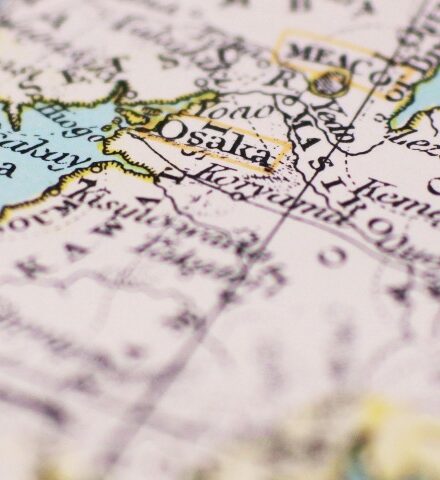Refrigeration technology/effect
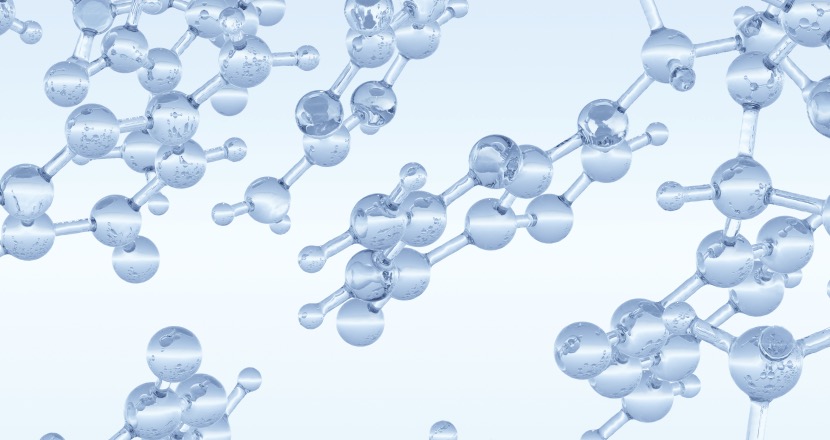
The Next Generation of Refrigeration Technology
What is "proton freezing"?
Proton freezing is a freezing technology that maintains the freshness, texture, and flavor of foods and foodstuffs by freezing (freezing) them in a quick-freezing environment with the addition of uniform magnetic flux and electromagnetic waves.
It was developed in-house as a next-generation freezing technology to prevent deterioration in the quality of foods and foodstuffs due to dripping and water separation, which have been problems with conventional freezing methods.
The name “proton” is a nickname for the hydrogen cation, which is called a proton.
Quick freezing is a freezing method in which the temperature of food and foodstuffs passes through the maximum ice crystal formation temperature range (about 0°C to -7°C) more quickly.
Point. 1
This is a quick freezing (refrigeration) technology that uses a hybrid of equal magnetic flux and electromagnetic waves with cold air.
Point. 2
It acts on the formation of ice nuclei during freezing to produce a large number of ice nuclei and small ice crystals.
Point. 3
Maintains freshness, texture and flavor
Prevents food cell destruction and reduces the amount of dripping and water loss during thawing. Maintains the original quality of the food.
Effects of proton freezing
By making the “ice grains” as small as possible when food and ingredients are frozen,
This prevents the deterioration caused by freezing.
This prevents cell destruction of food and foodstuffs, and reduces the outflow of drippings and water loss, which contain large amounts of umami ingredients.
It also prevents loss of texture and flavor, and is expected to be effective in stabilizing the original quality of foods and ingredients.
Forms ice crystals smaller and
Forms ice crystals smaller and more uniformly.
Proton-freezing ice crystals are much smaller than normal quick-freezing ice crystals.
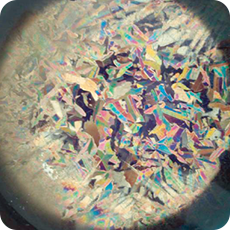 Conventional quick-freeze ice
Conventional quick-freeze ice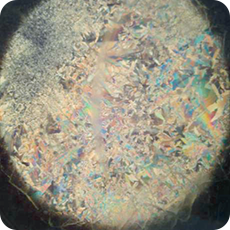 Proton-freezing ice
Proton-freezing ice
Photo courtesy of Mr. Tadahiko Mizuno, President, Hydrogen Technology Application and Development Co.
(Hokkaido University, Graduate School of Engineering, Laboratory of Materials Science for Atomic Energy Environments, Ph.)
Prevents cell breakdown,
Reduces dripping. Maintains elasticity.
Comparing the elasticity of tuna, proton freezing leaves elasticity similar to that of fresh tuna.
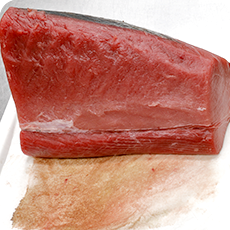 【Others frozen】
【Others frozen】Drip 7% outflow
Value indicating elasticity 19.67
Sticky surface
Sticks to kitchen paper
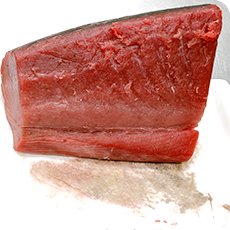 【proton freezing】
【proton freezing】Drip 2% outflow
Value indicating elasticity 23.67
*25.53 for raw tuna
Kitchen paper does not stick
Principle of proton freezing
When water in food and foodstuff becomes ice, it effects the formation of ice nuclei and produces a large number of nuclei,
The objective is to prevent the growth of large ice crystals.
As a result, cell destruction of food is prevented and the amount of dripping and water release is reduced.
Presumptive model of proton freezing
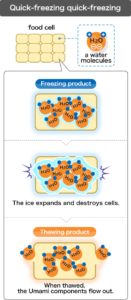
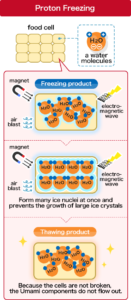

Hybrid freezing aligns molecules
Magnetic and electromagnetic waves are used to align water molecules and keep them in alignment so that cells do not break down.
 Quick freezing to reduce ice size
Quick freezing to reduce ice sizeIt makes ice grains smaller by creating many ice nuclei at once and preventing the growth of large ice crystals.
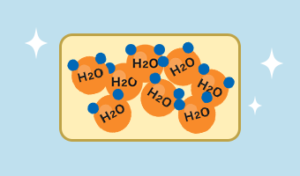 Does not damage food cells
Does not damage food cellsPrevents food cell breakdown, resulting in less dripping and water release during thawing.
In the case of normal freezing, the time required to pass through the maximum ice crystal formation temperature range (about 0°C to -7°C) is long, which makes it easy for ice crystals to grow into large ice crystals, resulting in the destruction of cells.
Proton freezing uses the action of electromagnetic waves and magnetic flux to generate many ice nuclei at once, preventing them from growing into large ice crystals.
This prevents the cells from being destroyed and reduces dripping during thawing.
※The Proton Group continues its research and development with the cooperation of Dr. Tadahiko Mizuno, Hydrogen Technology Application and Development Co.

Trademark registered
We use this trademark for frozen ingredients and frozen foods frozen in proton freezers.
※Proton” and all character marks are registered trademarks.
※Any use of this trademark requires our prior permission.





